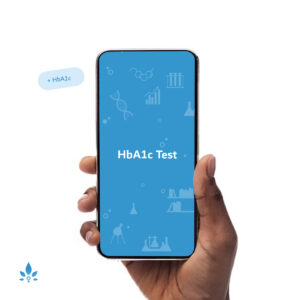Understanding Solitary Kidney: Causes and Treatments
The kidneys are a pair of small abdominal organs that are responsible for filtering waste from the blood and eliminating it through the urine. Most children are born with two kidneys, but sometimes a child is either born with a single kidney, possesses only one functional kidney, or loses kidney function because of a medical condition. Whatever the reason, many children live full, healthy lives with a solitary kidney.
The three leading causes of a single kidney include:
Renal agenesis—This occurs when a baby is born with only one kidney due to failure of the second kidney to develop in the early weeks of pregnancy. It is difficult to determine the true incidence of renal agenesis as most children show no symptoms. Autopsy studies show that approximately one out of every 1,000 to 1,500 people is born with this condition. The exact cause of this condition is unknown, but family history may be a contributing factor.
Renal dysplasia—This occurs when a baby is born with two kidneys, but one does not develop normally. Causes of this condition include genetic syndromes that affect the urinary system’s formation, and taking certain medications, such as angiotensin-converting enzymes (ACE) or angiotensin receptor blockers (ARBs). Illegal drug use during pregnancy is also associated with kidney dysplasia. The condition is believed to affect 1 in every 3,500 children.
In some instances, a kidney may need to be surgically removed, usually due to a malignant tumor.
In a person with two kidneys, the kidneys tend to work as a “buddy system,” meaning if one kidney cannot function properly, the other will take over the filtration and blood pressure management functions. Many children with only one functioning kidney might not know they have only one kidney until they need an imaging scan. However, some children may experience signs of a solitary kidney. Symptoms include:
High blood pressure
Presence of protein in the urine
Most children can live a long, healthy life with only one kidney. However, they may need to take a few precautions throughout their lives to ensure the solitary kidney is functioning well. Examples include:
Avoiding smoking and drinking alcohol.
Eating a healthy diet that is not excessively high in protein to minimize strain on the kidneys.
Keeping blood pressure low.
Avoiding injury to the kidneys, such as refraining from activities that could result in a blow to the back (football and wrestling to name a few). Customized protective gear known as a kidney shield can be created to protect children engaging in sports activities.
Typically, no other treatment is needed unless a child’s solitary kidney loses function.
Sources:
- Johns Hopkins Children’s Center
- Solitary Kidney.
Monash Children’s Hospital - A Single Functioning Kidney
- National Kidney and Urologic Diseases Information Clearinghouse
- Kidney Dysplasia.
National Kidney and Urologic Diseases Information Clearinghouse - Solitary Kidney.
Nationwide Children’s Hospital - Multicystic Dysplastic Kidney.
National Institutes of Health - The Congenital and Acquired Solitary Kidney.
Powered by Bundoo®












































